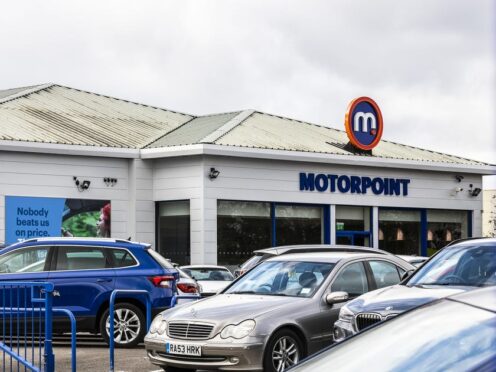An insurance loophole puts thousands of used car buyers at risk of purchasing a write-off, a new investigation shows.
The investigation revealed that one in 50 previously written-off cars are being put back on the road with a clean history as a result of an insurance database loophole.
The study by Autocar looked at the Motor Insurance Anti-Fraud Theft Register (MIAFTR) which is used by insurers to record the details of cars that they have written off. It is then looked at by vehicle check companies when confirming a car’s status.
However, MIAFTR is a voluntary scheme and not all of the UK’s 200 insurers are subscribed to it – which means that some write-offs can be sold with an incorrect status.
15,000 vehicles that should be declared as written-off are returned to the market unrecorded.
First highlighted in 2019, the issue now means that every year 15,000 vehicles that should be declared as written-off are returned to the market unrecorded. This is equivalent to one in 50 of all vehicles written off by insurance companies, and means that cars which appear to have a clean record at the point of purchase could, in fact, have been written off by an insurer previously.
Mark Tisshaw of Autocar said: “A single vehicle health check is no longer a good enough guarantee.”
According to the MIAFTR, around 700,000 claims are added to its register. Despite this, vehicles insured under third-party or those self-insured by their owners – such as local councils and police forces – aren’t entered into the database.
The Motor Insurance Bureau (MIB) has said it is introducing new measures to improve the database.



